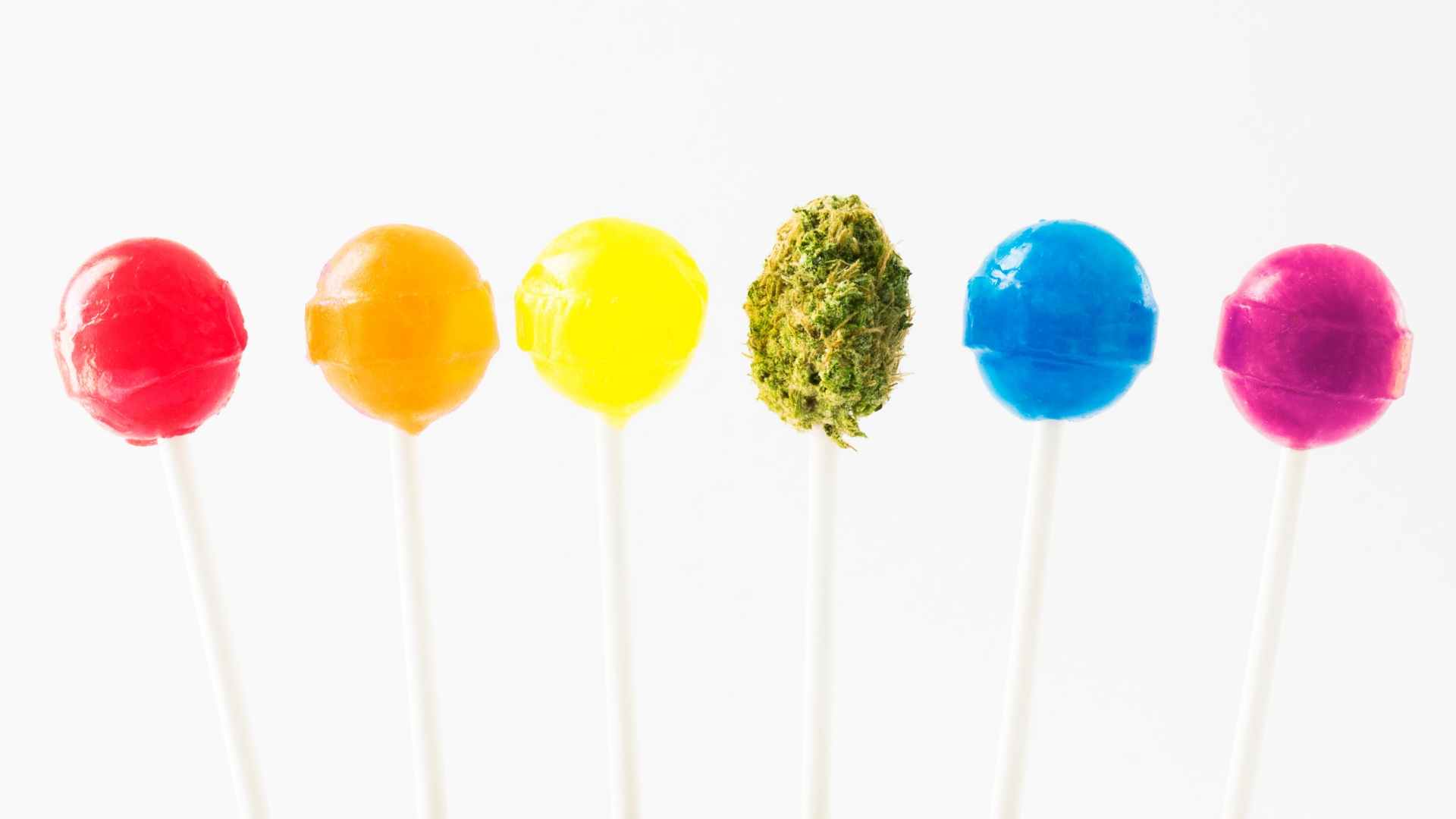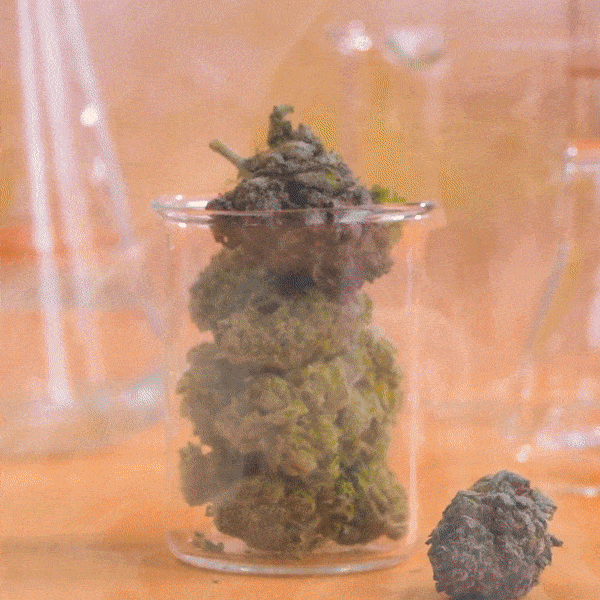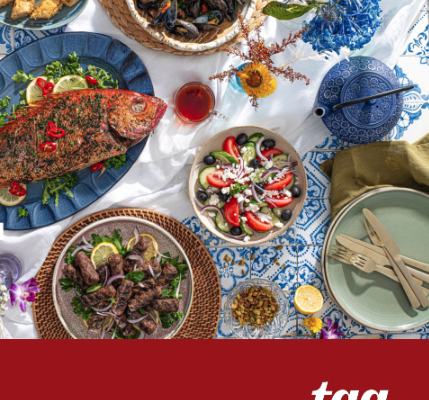
More and more brands are exploring how to incorporate CBD and THC into their food product development. Here’s what you need to know.
The legal framework around cannabis is shifting. A wave of change has resulted in full legalization in 11 states (and limited legalization in all others but three). Since the start of 2019, the Food and Drug Administration (FDA) seems to be loosening control over cannabis-based food products.
Cannabis can take several forms, all of which can be consumed differently. Whereas hemp was once the only accepted non-psychoactive food product derived from the plant, the legalization of cannabis has opened up new possibilities for a rapidly-growing industry. Cannabis is now integrated in many aspects of life—including food and beverage product development.
To understand these changes, it’s important to understand the different ways the cannabis plant can be put to use. Two chemical abbreviations, THC and CBD, are at the core of these differences and understanding these two components is key to understanding the effect the cannabis movement has on the food and beverage industry.
THC Explained
Although cannabis has many different uses, the most notorious is linked to the chemical component tetrahydrocannabinol (THC). THC is responsible for the psychoactive effects that can result from smoking or consuming edibles. By infusing THC into baked goods or candy, you can experience a variation of these effects. In states that have fully legalized cannabis, edibles are a popular way to consume cannabis. Although it’s not legal for restaurants to serve cannabis in food yet, restaurateurs can find creative ways to jump on the trend.
CBD Explained
While some only consume cannabis for its psychoactive effects, others are interested in its notable secondary benefits. These benefits can be found in cannabidiol (CBD), the chemical component found in cannabis that does not create a high and is non-addictive. CBD has been reported to relieve pain, reduce anxiety and depression, alleviate cancer-related symptoms, and help reduce spasms. In most states, the legalization of cannabis is intended for the purpose of using CBD in a medical setting. Yet, culinary brands and market research companies are increasingly taking interest in the possibilities CBD creates for innovative food product development.
What’s the Hype?
Currently, there’s a lot of hype around CBD-infused foods and beverages. Because CBD is viewed as a natural remedy for common and debilitating ailments, the demand is growing rapidly and expanding to otherwise disengaged audiences.
CBD-infused foods are predicted to be one of the most important culinary trends for 2019, according to recent studies by the National Restaurant Association. The association predicts that CBD will not only inspire new food product development but will also open up opportunities for new ‘experiential’ dining events. For the packaged goods industry, CBD represents a whole new product category—something not often seen and a rare opportunity for innovation. Because cannabis is inserted into food products as an oil, it’s easy to turn many foods into what are commonly called ‘edibles.’ This makes it easier for food product developers to come up with new ideas, including anything from ice cream to breakfast cereal to pastas.

What Type of Products Will We See?
The increasing fascination in CBD combined with the continued trend toward health-conscious products give way to offerings like CBD-infused kombuchas, fruit smoothies, and teas. In states where it’s legalized, CBD-infused food companies can offer healthy nourishment with a truly unique value-add.
Experts are eagerly watching for the first big brand to incorporate cannabis in their food product line. Right now, CBD foods are mostly found on the margins of the market, bar some exceptions. In cities like Portland, a growing number of bars and restaurants are adding CBD to their cocktail menus. Gabriella’s Kitchen (GK) is one example of a company successfully leading the way with CBD and hemp infused savory, nutritional meals. Magical Butter, a Florida-based company, has even debuted the world’s first cannabis-themed food truck.
Limitations and Product Competition
For new brands interested in integrating CBD into new products, there are a few important questions to consider. Restaurant brands will have different challenges than packaged food producers. Here are just a few factors to explore:
- Understanding safe dosage of CBD is critical, so any interested company should first invest in expertise and training.
- Which delivery method will you choose? Everybody processes CBD differently based on their endocannabinoid system, metabolism and the particular delivery method. For example, heat and/or acid may change the actual dosage in a food product altering the consumer’s experience.
- Product quality is another challenge. The booming demand for CBD products has led to the emergence of copy-cat producers. Interested companies will need to do their due diligence in sourcing a safe, quality CBD product.
With growing interest in their natural benefits, it won’t be long before CBD food products are mainstream. Because CBD is now commonly seen as a healthy lifestyle product, consumers will first ask, and then demand a variety of CBD products in more and more places.
For the food and beverage industry, getting the timing right will depend on the demographics of your brand and just how cannabis-friendly the (local or state) environment is. While big mainstream brands are erring on the side of caution, the tide is beginning to shift. With spectacular growth estimates for the industry, marketing dollars will inevitably increase demand and education, causing more growth in turn.

Food Photography Tips & Tricks for Brands: Capturing Cravings and Conversions

20 Tips for Successful Holiday Content Marketing



Comments are closed.